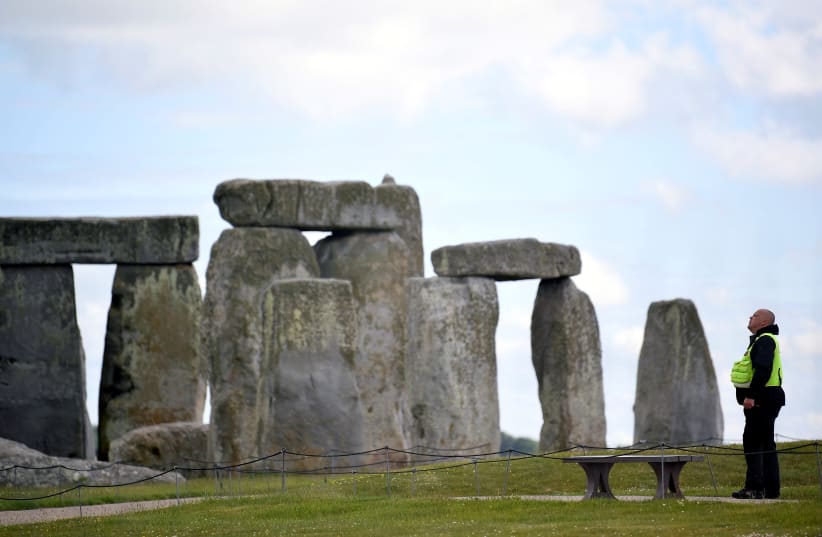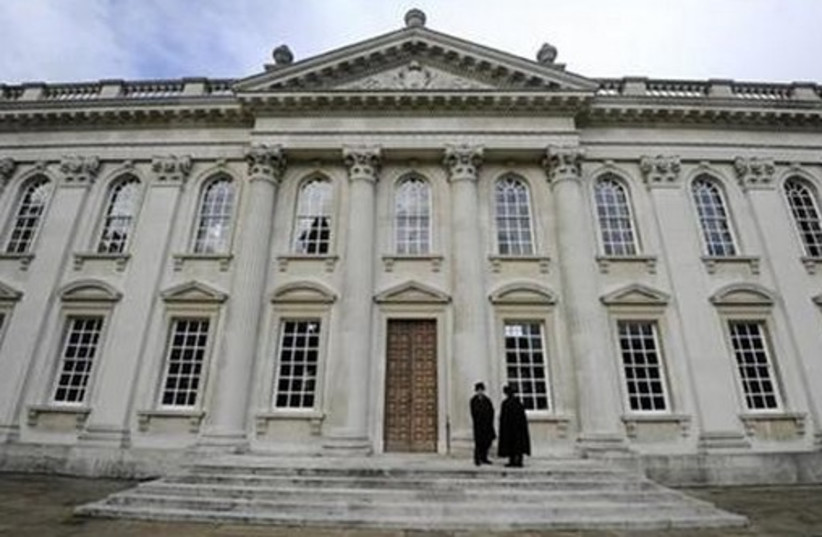Ancient feces that have been uncovered at the prehistoric monument Stonehenge in Wiltshire, England, show signs that "parasites got consumed via badly cooked cow" at the scene, according to a study conducted by Cambridge University archaeologists.
The peer-reviewed study, which the university published on Friday, included an analysis that concluded that feces samples found at the prehistoric site contained the eggs of parasitic worms.
They were found in the fossilized feces of one human and four dogs. Some of them contained capillariid worm eggs, suggesting that the human ate raw, undercooked liver from an infected animal.
This implies that the inhabitants consumed cattle organs, and any that weren't eaten were fed to their pets.
The researchers made this discovery by investigating 19 pieces of feces that were found at Durrington Walls and had been preserved since Stonehenge was first constructed.
The well-known tourist site was constructed approximately 5,000 years ago.
“This is the first time intestinal parasites have been recovered from Neolithic Britain, and to find them in the environment of Stonehenge is really something,” said Dr. Piers Mitchell, the lead author of the study, who works at Cambridge University’s Department of Archaeology.

